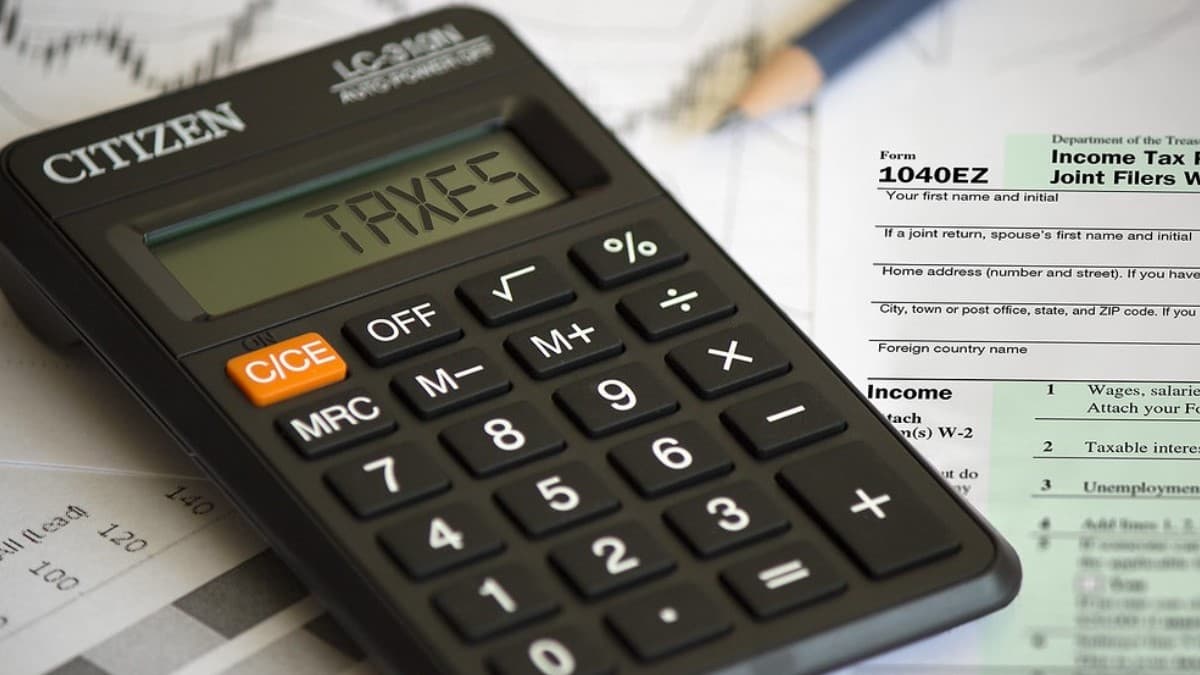
The tax season is up ahead, and taxpayers are already trying to figure out how much tax they will pay. The same as every tax season, taxpayers need to file their federal income tax returns by April 15 and pay their tax liabilities if they have any.
If you’re calculating your tax bill before filing a tax return, know that it may not be as accurate as you would make it out to be since there may be changes to the tax code before or after the tax season starts. That said, take your calculations with a grain of salt if the tax season hasn’t started yet.
Easy way to calculate tax bill
Your tax bill refers to the tax you owe. Calculate your tax bill by first computing your taxable income, then calculate taxes owed on that income using the marginal tax brackets 2023. Once you know how much you were supposed to pay to the Internal Revenue Service, take out the credits that you can claim from that figure and see if you have any remaining tax to pay.
Because the IRS requires taxpayers to pay their taxes gradually throughout the tax year rather than making a single, hefty tax bill, your tax withholdings and estimated payments largely determine if you will pay the IRS further for the 2023 income you’ve earned.
See if you get a tax refund
Since you start paying taxes before you get to calculate how much you owe, there is a chance that you might pay more than what you actually owe.
This is the case with most taxpayers, as there is a penalty for paying less than 90 percent of the tax owed. Rather than exactly pinpointing how much they owe and paying accordingly, most taxpayers prefer overpaying. You get a tax refund when the tax season arrives anyways, and it’s also seen as a way for many taxpayers to save up a little as they can’t touch the excess amount paid until they file their tax returns.
Many miss out on one thing about tax refunds, not just the amount of taxes paid but the qualifying refundable tax credits. The child tax credit, for example, is fully refundable for the 2023 tax season. Make sure to factor in these refundable credits that you can claim on your federal income tax return and calculate refund accordingly. You might end up getting a larger check than anticipated, which is always a good thing.
Summary of calculating tax owed
Gross Income>Adjusted Gross Income>Taxable Income>Tax Bill
The above is a quick representation of the route that you need to follow when calculating the tax owed. Once you get to the tax owed, factor in the amount of tax paid during the tax year and see if you qualify for a refund – chances are you do qualify for a tax refund for paying more than what you owed to Uncle Sam.